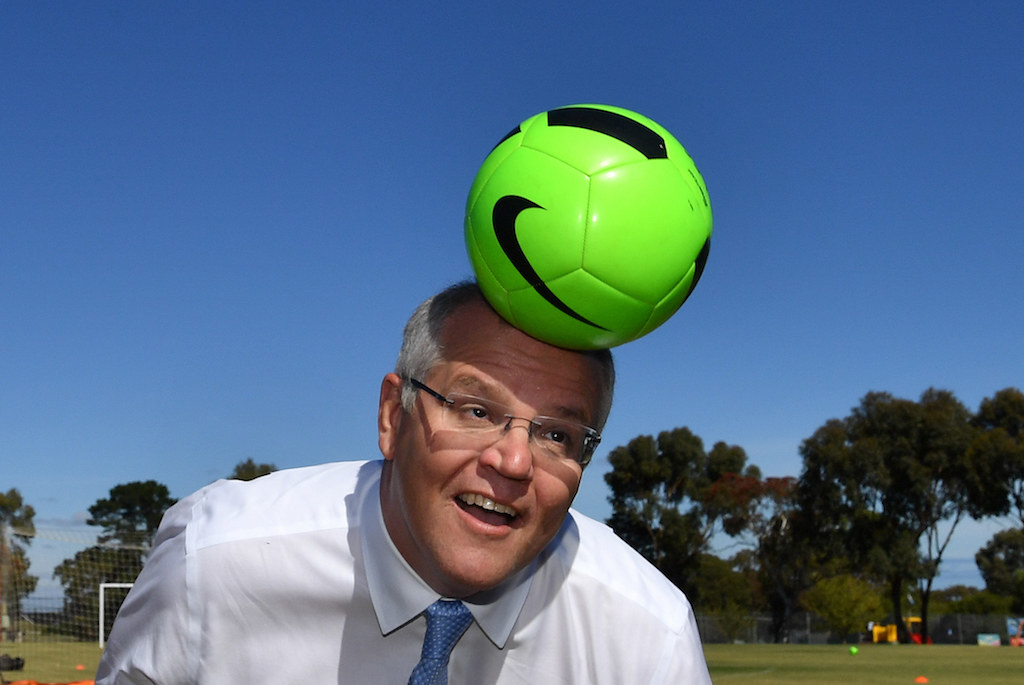Well hello there! Now I’m guessing you’ve seen the headline and thought — ‘huh, Australia is having an election, didn’t you guys get another prime minister like yesterday?’
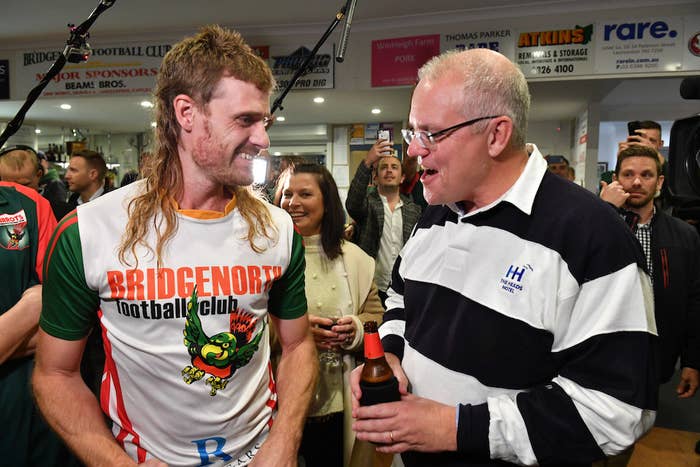
Well, ha ha ha, yes actually — we did, it was a complete mess and honestly I’ve aged about 17 years because of it all.
BUT! You still clicked through, so you must be interested and therefore it is my duty to give you some key information about Saturday’s federal election.
So when’s this election then?
A fine and important question. Australia’s election is on Sat. May 18.
Australia has a federal election roughly every three years. The last one was July 2, 2016.

And who’s going to win?
I think we’ve all learnt by now that predicting the outcomes of elections is an extremely foolish pastime. However, I can give you some information on the main parties and what the latest polling has been showing us.
The Coalition, made up of the Liberal and National parties, has been in government since 2013. They are heading into this election with Scott Morrison, the Liberal leader, as prime minister and Michael McCormack, the Nationals leader, as deputy prime minister.
Now, to our earlier point — Morrison has not been prime minister for long. Just nine months. That’s because the Liberal party has been engaged in a chaotic six years of repeatedly replacing its leader and therefore the prime minister.
Briefly: in 2013 Tony Abbott was the Liberal leader and became prime minister of Australia after the Coalition’s victory over the Labor party (more about them later). Then in 2015, communications minister Malcolm Turnbull challenged Abbott for the party leadership, won, and thus became prime minister. He then led a lacklustre election campaign in 2016 that saw the Coalition re-elected by the smallest of margins. Fast-forward to August last year and home affairs minister Peter Dutton thought he’d have a crack at the leadership and challenged Turnbull.
A leadership ballot was called and... Scott Morrison won. Yes, it’s confusing and no, we don’t have time to go into it, but let’s just say it was a bit of a spectacular own goal by Dutton and the right-wing MPs who thought their man was destined for victory.
So that’s where we’re at. Morrison is the prime minister and he will be leading the Coalition into the election on Saturday.
(Please, for the love of god, do not ask me about McCormack).
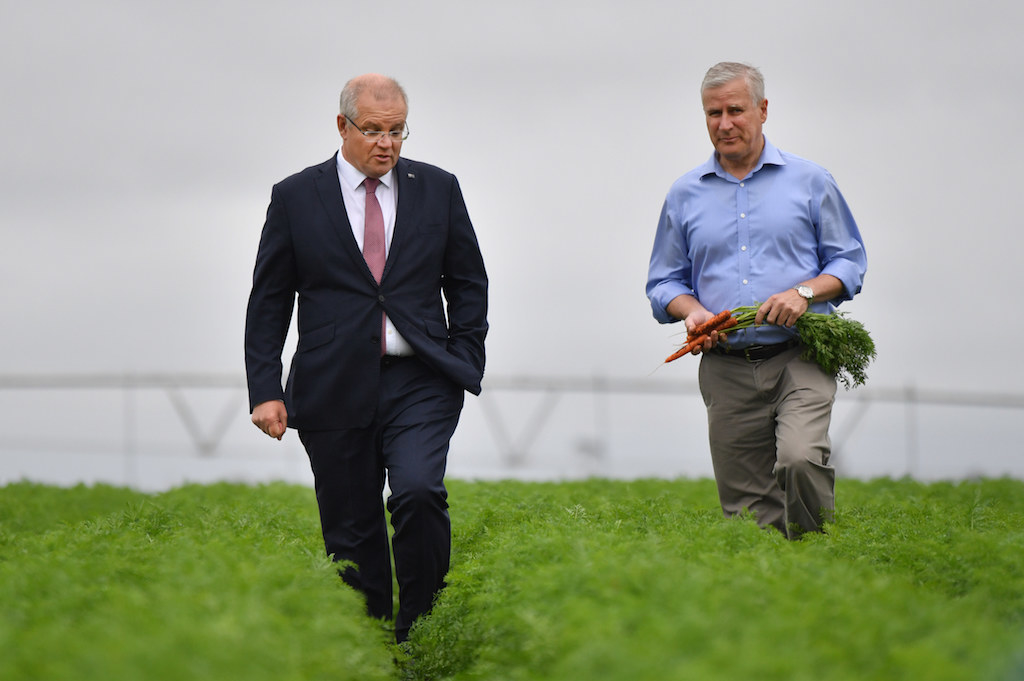
And so to Labor. The party has been led by Bill Shorten since the 2013 election defeat.
Labor had previously endured half a decade of chaos with Kevin Rudd, then Julia Gillard, then Kevin Rudd again at the helm of party and prime minister of the country.
Since losing power in 2013 Shorten has unified the party and enabled it to move on from the Rudd-Gillard-Rudd years (despite, ironically, being part of the internal plots to overthrow the leader each time).
The polling has shown Labor consistently ahead of the Coalition since the last election in 2016 and they remain narrowly in the lead heading into the final days of this campaign.
(Sidenote: Voting in Australia is compulsory.)
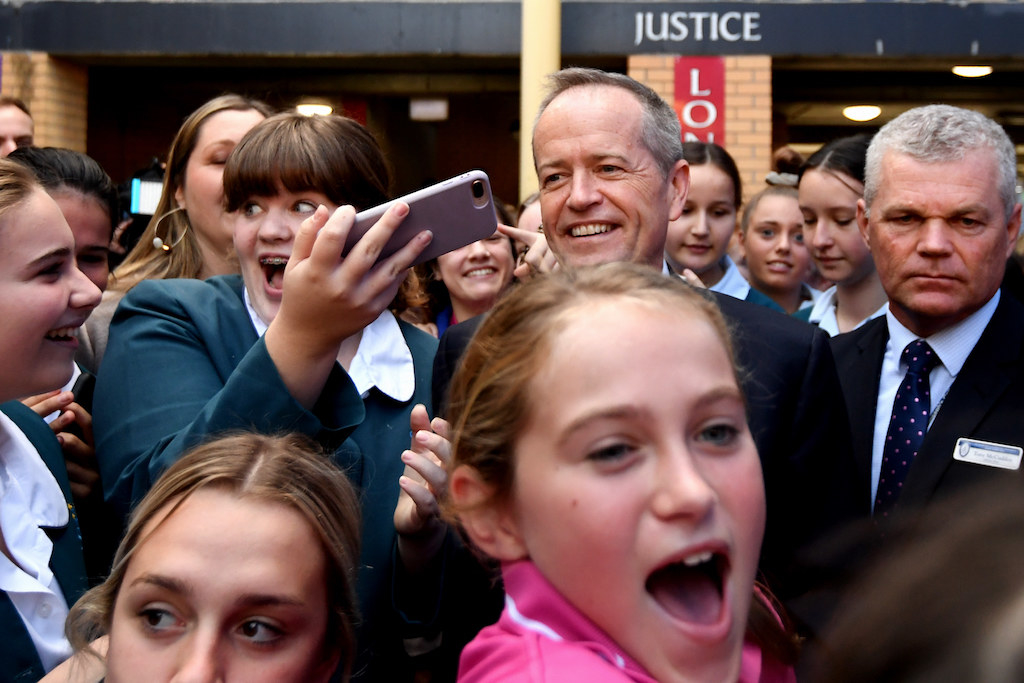
Sounds very messy. Tell me, what platforms are the main parties campaigning on?
The important bit. Here is a very simplified version of each of their platforms:
Morrison, the former treasurer, immigration minister, managing director of Tourism Australia, and an “ad man”, is campaigning HARD on the economy.
It is pretty much his main play, that and the fact he is not Bill Shorten, a former union boss.
The Coalition’s key messages are economic stability, the pledge to lower taxes, and the risks of allowing Labor back into power. Morrison brought the annual Budget forward by a month to April this year so big spending promises could be made before the election campaign.
The main promise is tax cuts. Labor said it will back the plans for lower-income earners, but won’t support the cuts for middle- and high-income earners. So that has become a clear point of difference between the two major parties. The Coalition’s tax cuts are also slightly complicated by the fact some of them won’t actually happen for years — we’re talking after, not this one, but the next election.
Morrison has tried to run a scare campaign on some of Labor's proposed changes to tax concessions, while job creation, budget surplus, border security and investment in key services have also been promised by the Coalition.
Labor on the other hand is promising A LOT of specific policies. Because Shorten has said his party will not support two-thirds of the Coalition’s tax cuts he has a lot more money to hypothetically play with.
Labor has promised billions for healthcare, including a $2.7 billion cancer package; higher wages for childcare workers; raising the minimum wage; combating climate change and setting significantly higher emissions reductions targets; and closing tax loopholes used by multinational companies.
One of the key messages from Labor is that wages have stagnated but the cost of living in Australia is continuing to go up.
A fairer society and the need for change is Labor’s key play.
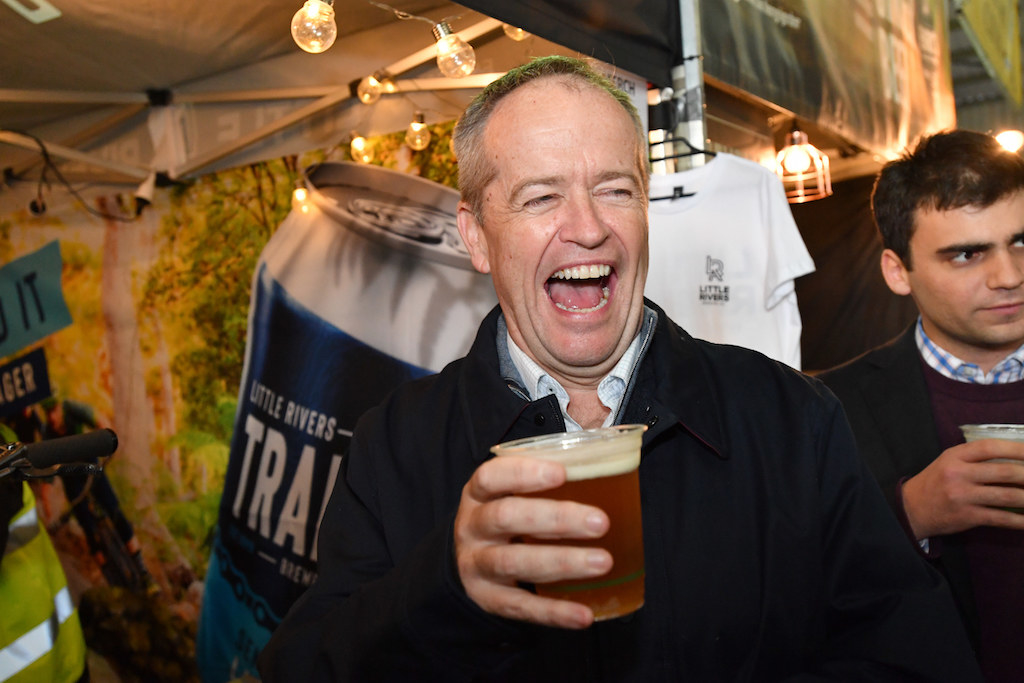
What do they need for victory?
OK, so bear with me here — we’re going to get a little technical.
The Australian parliament is made up of a lower house, the House of Representatives, and an upper house, the Senate. Whichever party commands a majority in the Reps is named the government.
There were previously 150 seats in the House of Reps. In 2016 the Coalition held onto power, just, after winning 76 seats, compared to Labor’s 69 and five members of the “crossbench” — a collection of MPs from the minor parties and independents.
To win government a party needs to win 76 seats or more.
Now this is where things get a little complicated. Since the last election, there has been a redistribution of seats and there are now 151 seats in the Reps.
ALSO — the Coalition actually lost its tiny majority while it was in government. Turnbull (remember him?) quit politics after he was overthrown as prime minister and an independent candidate actually won his seat off the government in a by-election.
Still with me?
The 2019 election will also see 40 out of the 76 in the Senate elected. Senators usually have six-year terms with half the upper house elected at a time. However, the last election was a "double dissolution", meaning they were all up for re-election. After the 2016 election, half the senators were given six-year terms, and half three-year terms to get back into the normal pattern.
The senators in the Senate represent each of Australia’s six states and two territories. The MPs in the House of Reps represent the individual constituencies.
There is a real apathy about politics in Australia right now and polling shows support for the major two parties is low, suggesting a significant number of votes flowing towards minor parties and independent candidates. This “crossbench” in both houses will have a huge influence, especially if whoever wins the election on Saturday can’t obtain an absolute majority.
And finally, how has the election campaign gone?
Well. WELL. Where to begin?
It’s fair to say it has been both mind-numbingly boring and predictable, while at the same time completely broken and nonsensical.
A few examples:
A newspaper wrote a story claiming Bill Shorten was not telling the whole truth about his late mother’s career and it back-fired in an unbelievable fashion.
Someone tried to egg the prime minister and failed. The egg just bounced off his head.
A large number of candidates had to resign over offensive social media posts, leading to questions about the parties’ vetting procedures.
A billionaire spent tens of millions of dollars on advertising for his party in an attempt to get elected. He also went on national television to declare he didn’t give a stuff what anyone thought because he was worth “$4,000 million”.
That same billionaire, who remains a controversial figure after hundreds of workers were left seriously out of pocket when his nickel refinery collapsed, did a preference deal with the Liberal party — causing never-ending questions for Morrison.
There was a scandal about water buybacks.
There was ongoing squabbling over the costings of all of the policies mentioned above, but neither of the main parties really strayed far out of their lanes when it came to their message.
Millions of people voted in the weeks before the election took place.
A sitting MP had to remove a campaign video after Sony sent him a cease and desist letter.
And a politician voluntarily ate a raw onion, skin and all, on camera.
So there we go. If you want to know all the results, check in with us on Saturday evening when we’ll be covering the election result live. Bye!
